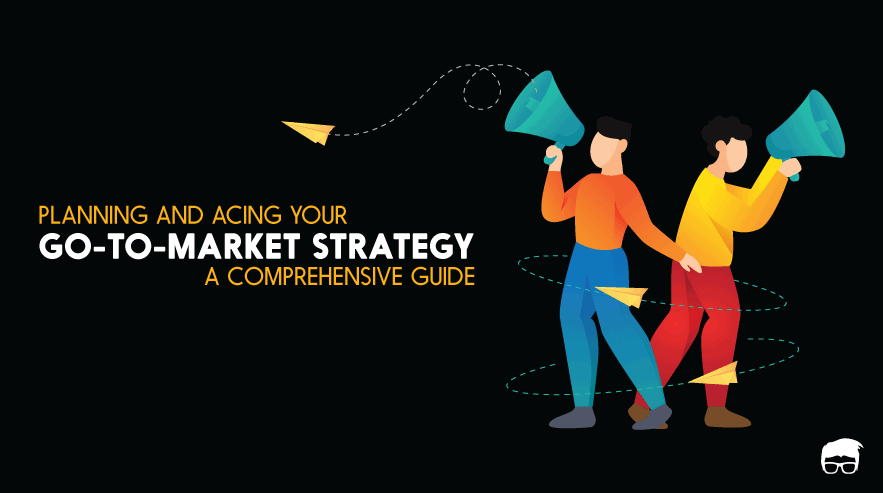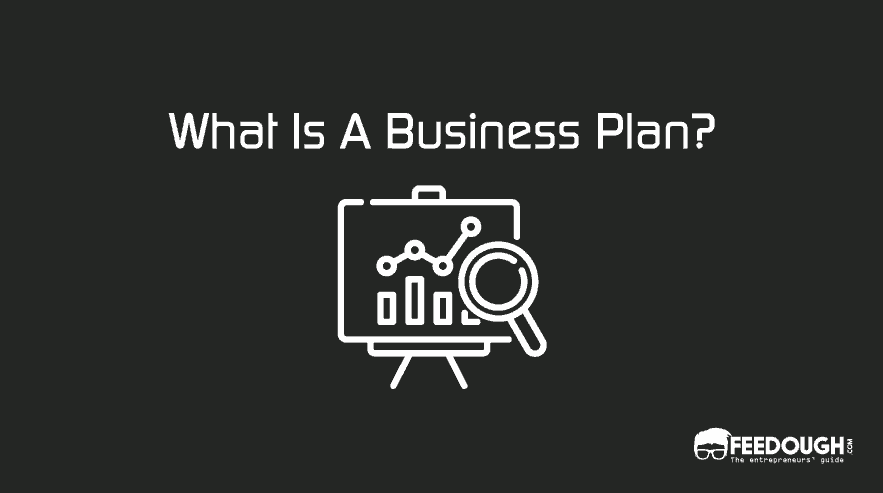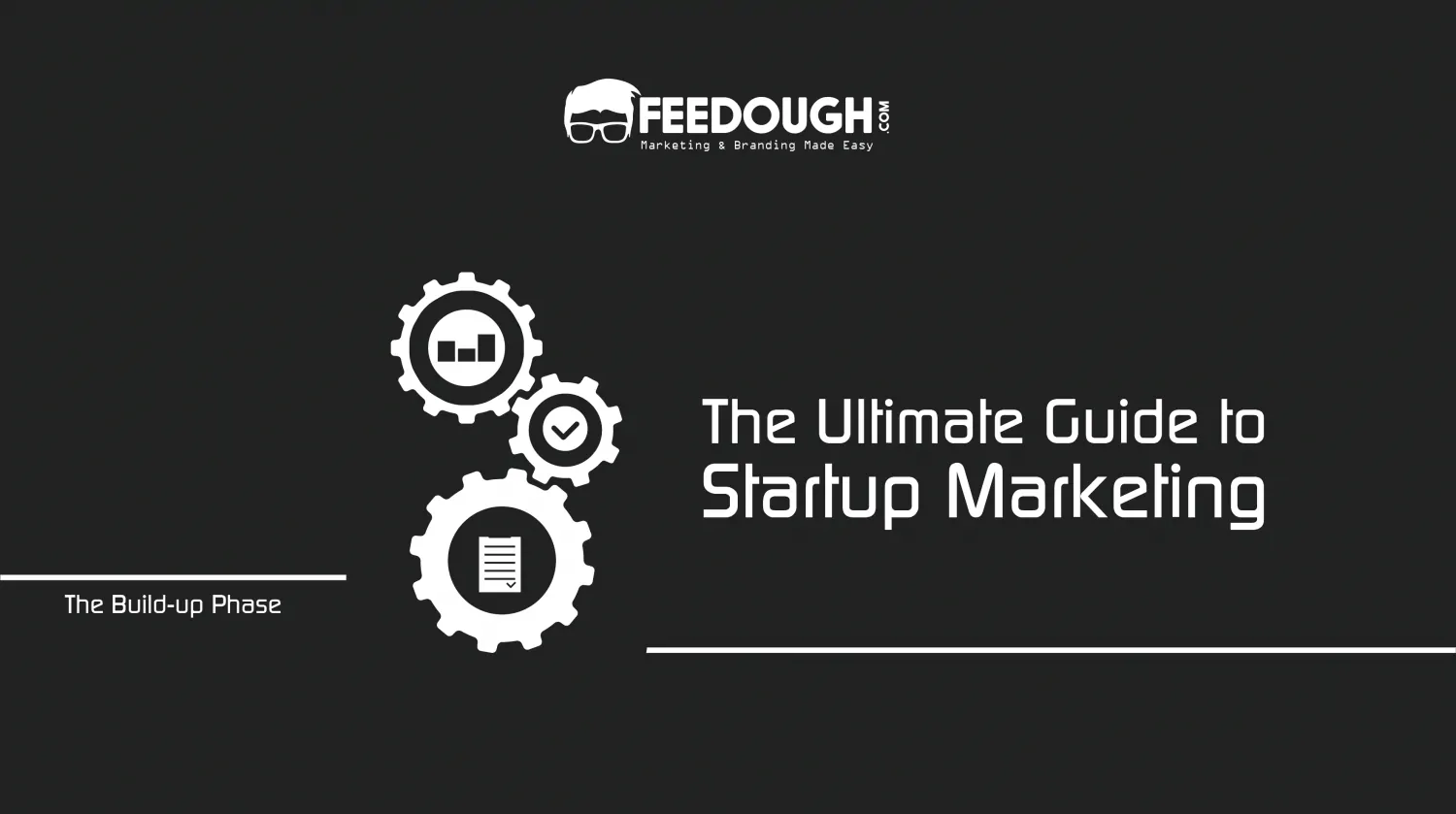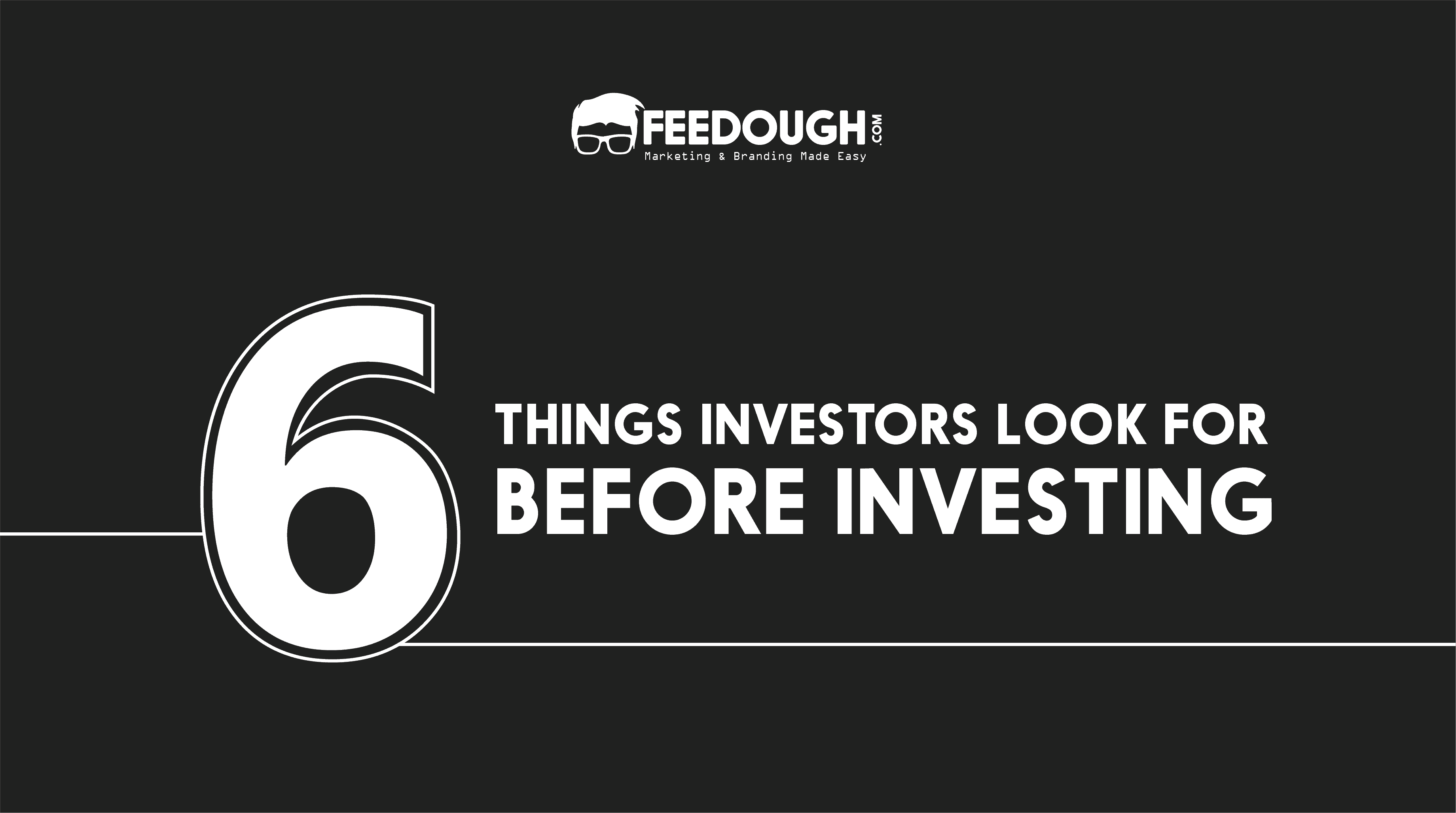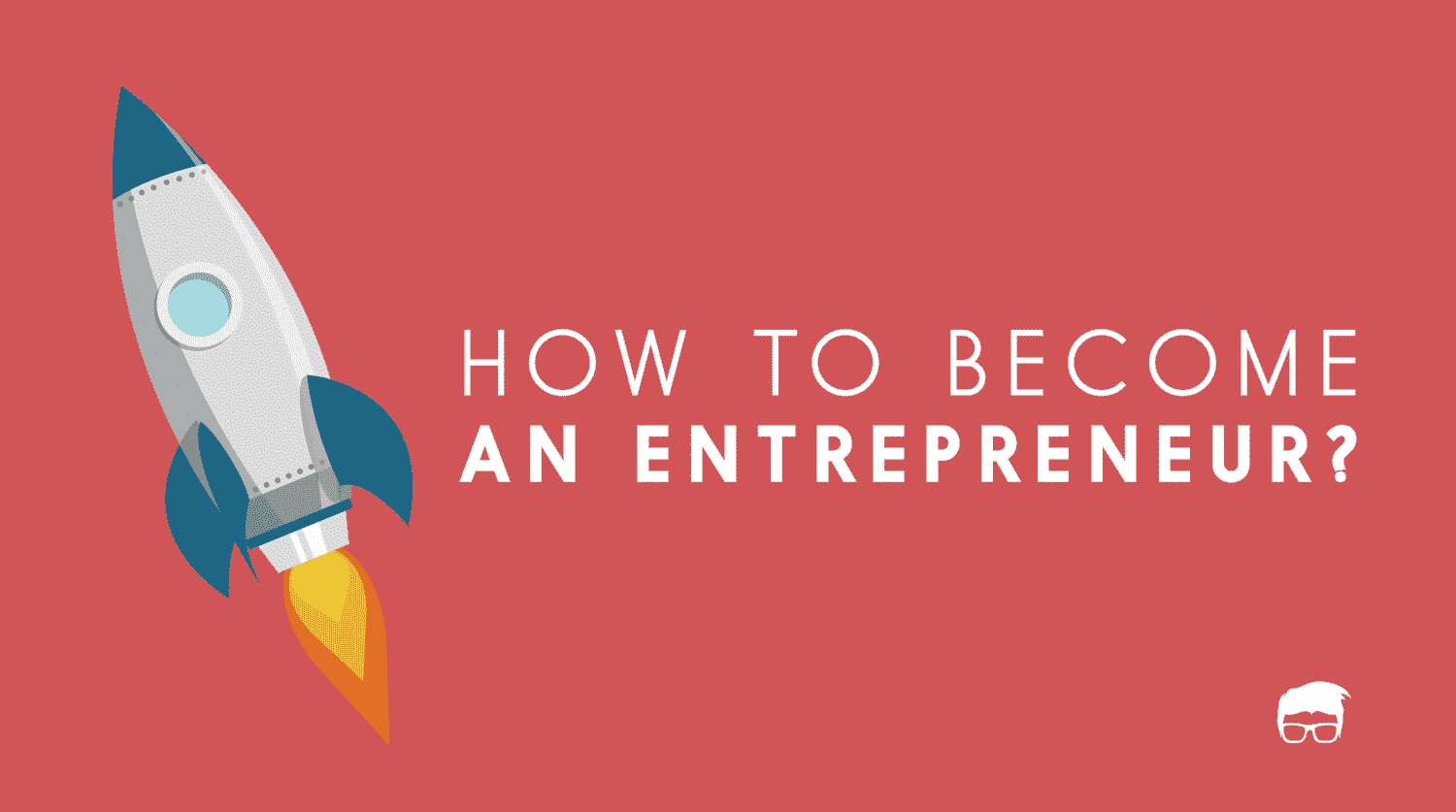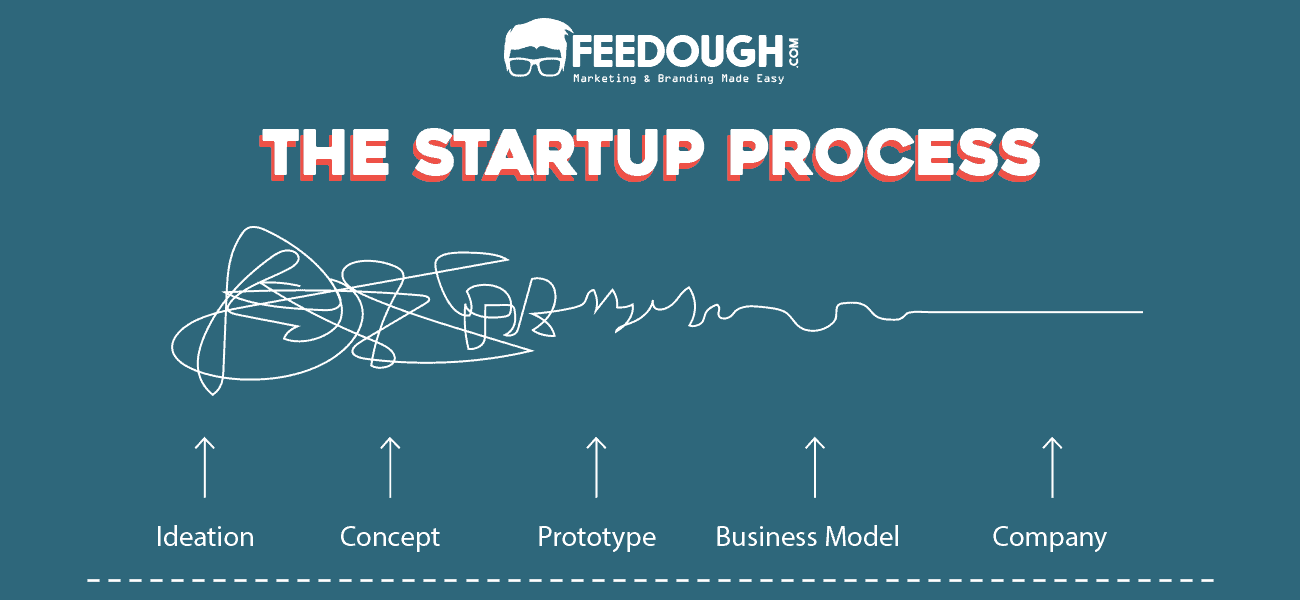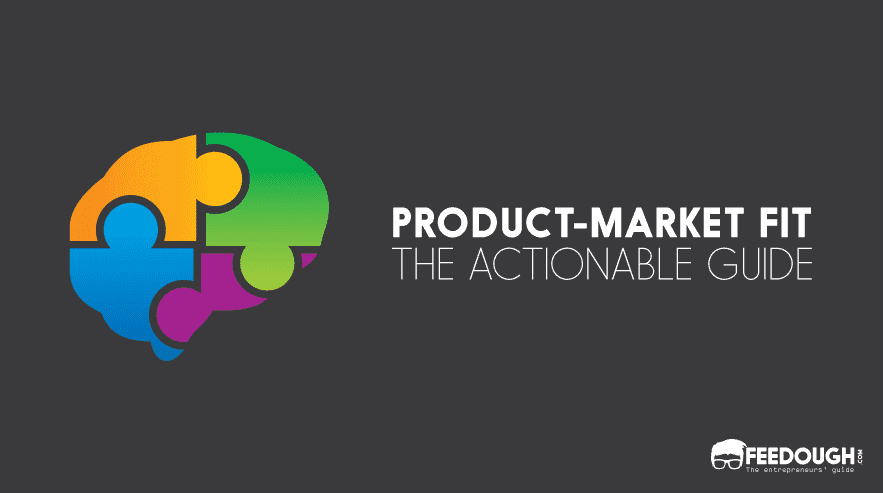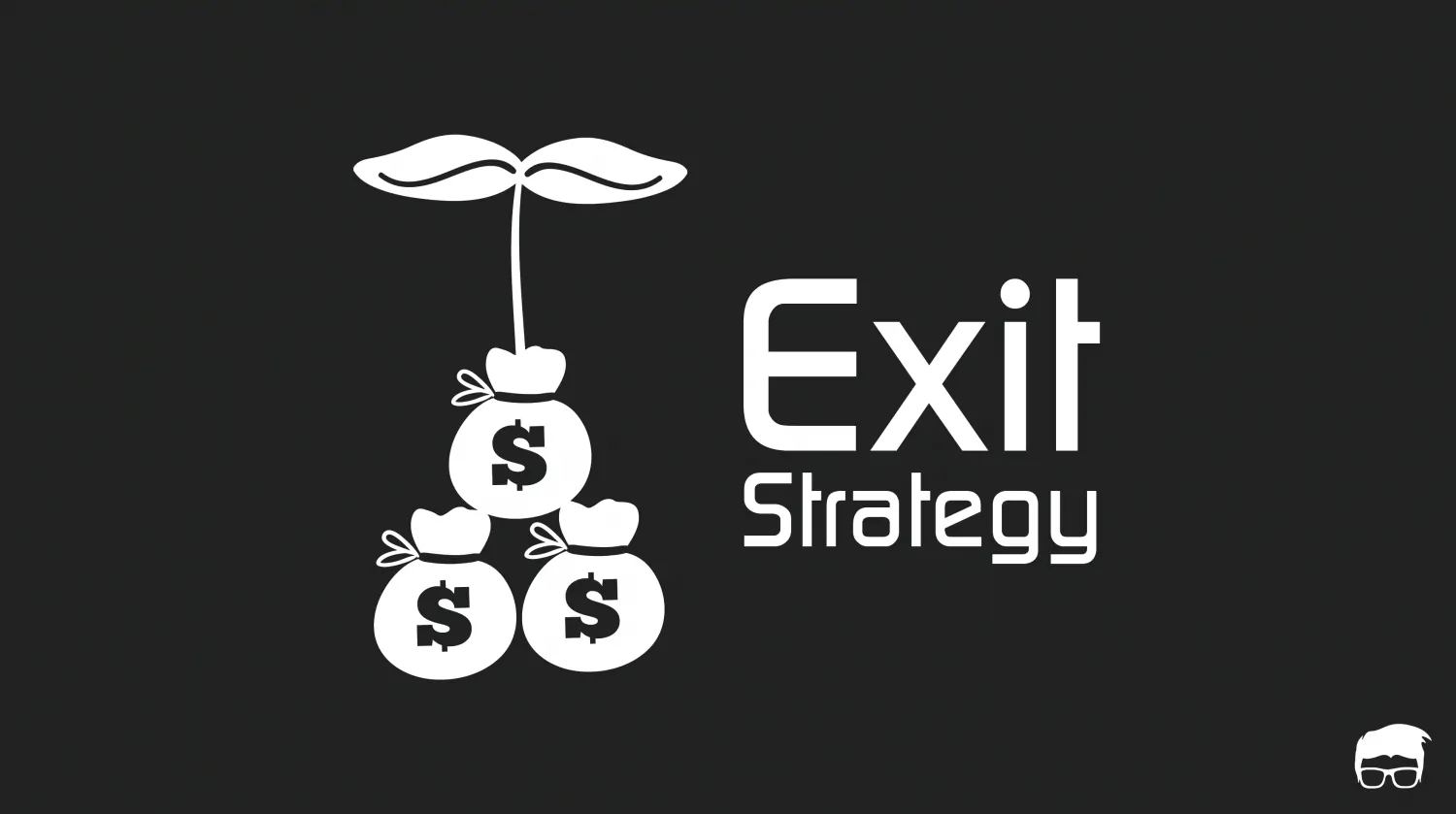If you are an experienced entrepreneur, you’d probably know that having a brilliant team, building a disruptive business model, and designing an impressive business plan isn’t enough to woo investors to fund your startup. They also want detailed answers to whom you are going to target and why will they buy your product, why is this the right time to launch your product, and how you’re planning to create a demand for your product.
Well, if you were unaware of this, here’s a complete guide explaining what is go-to-market strategy and how you bring a product to market to make it stay for long.
What Is Go-To-Market Strategy
A go-to-market strategy is an action plan that specifies how a business will utilise its internal and external resources to penetrate the market and take its value proposition to the end consumer to achieve a competitive advantage.
A few keywords that should be focused on in this definition are –
- Action Plan – Go-to-market plan is a detailed plan outlining all the actions required to accomplish the desired goal. It includes all the answers to ‘what to sell?’, ‘where to sell?’, and ‘how to sell?’.
- Market Penetration – A go-to-market plan is usually associated with the brand or product launches where either the company plans to create a demand for its product by disrupting the industry or catering to the existing demand in a different manner by highlighting its value proposition.
- Competitive Advantage – GTM strategy is all about establishing a competitive advantage in the market to create a sustainable demand for the brand in the long run.
Why Do You Need A Go To Market Strategy?
If you’re planning to bring a new product to the market, the last thing you would want to do is go out unprepared.
Remember this – There’s always a right time and a right way of doing things. And, there’s always a strategically decided market where the product is initially launched.
A GTM strategy is a carefully thought out step-by-step plan which guides the company on bringing its product into the market to reach market penetration, revenue and profitability expectations.
It reduces the risk of the product failing in its initial stages and also opens the doors to improve the product according to the response and feedback from the initial launch.
What Does A Go-To-Market Plan Include?
A go-to-market strategy is the what, why, when, where, and how of the product launch. An optimum go-to-market plan includes but is not limited to the following –
What?
- What is the problem your target market faces right now?
- What’s your solution?
- What is the actual product?
- What’s your vision?
- What is the value proposition?
- What is the alternative to this product today?
- What’s the pricing strategy?
- What are the channels you’ll use to distribute the product?
- What are the roles of different teams during the product launch?
Why?
- Why is this the right time to launch the product?
- Why will they choose you?
- Why is this the right market for the product launch?
Where?
- Where is the product launch scheduled to happen?
- Where did customers find their solutions until now?
When?
- When is the product launch scheduled to happen?
- When are the next steps scheduled to happen? What’s the timeline?
How?
- How are you planning to market the product initially and after the launch?
- How do you plan to expand?
- How do you plan to collect feedback and improve the product?
- How the product will solve users’ problems?
- How will the product stand out?
The Process Of Building A GTM Strategy
Without a doubt, there’s no one-size-fits-all go-to-market strategy. Each product and market are different, therefore each GTM strategy differs from others on the basis of –
- Nature of the product,
- Nature of the market,
- The target market,
- Existing competition,
- Existing demand,
- Company’s vision and mission, and
- Future projections.
But at the same time, building a GTM strategy is as important as developing your product. You’ll never know if it’s the right time to launch or if the market is even ready for your product until you plan your GTM strategy.
Identify The Perfect Target Segment
Identifying and defining the right market segment for the product is very important before the actual GTM strategy is even drafted. In the case of a new product, the company has to decide whether there are existing customers that might be sales prospects or whether it has to seek an entirely new set of target customers.
Understand Who Influences Buyer’s Decisions
Once the target market is identified, the company needs to identify the buying centre next. Not everyone in the target market is a buyer. The set includes –
- Initiator – The one who starts the buying process. He shows initial interest.
- User – The actual consumer of the product.
- Influencer – The one who convinces others that the product is important and is needed.
- Decider– Who gives the final decision for the purchase.
- Buyer – Who buys the product from the company.
- Approver – The authoritative person who authorizes the actions of deciders and buyers.
- Gatekeeper – The person who controls the flow of information. He’s the one the marketer has to pass through before he reaches the decision-maker.
These together are known as the buying centre. Identifying them and creating their personas help the company form a detailed hypothesis on who to target, who to market, and who to sell.
Understand The Buyer’s Journey
A usual buyer goes through six stages before making an actual purchase
- Awareness
- Interest
- Consideration
- Intent
- Evaluation
- Purchase
His mindset and activities during each stage need to be considered by the company to find the barriers which stop him from buying the product.
However, from a marketer’s perspective, these stages can be divided into just three parts –
- Top of the funnel (Lead Generation) – where the customer is made aware of the product.
- Middle of the funnel (Lead Nurture) – where interest is aroused in customer to buy the product
- Bottom of the funnel (Sale) – the result of the marketer’s efforts and the customer’s journey.
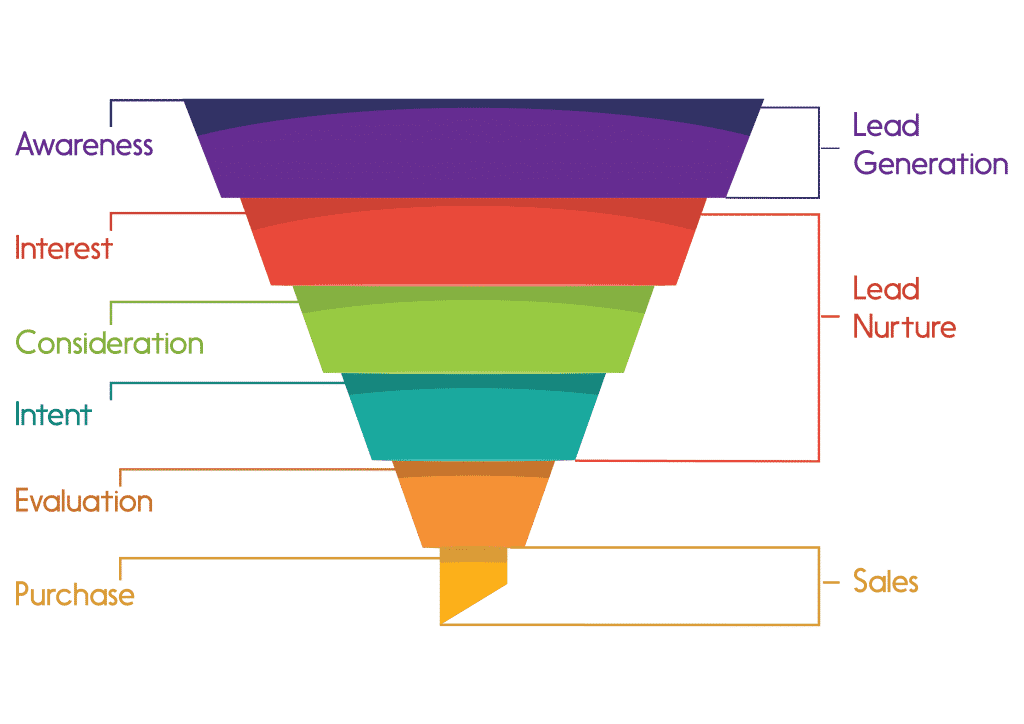
Define The Value Proposition
Once the target market hypotheses are formed. The next step is to map value for every member of the buying center and for every stage of the buying process. A value proposition is the promise of tangible benefits which a customer will receive from consuming or experiencing the offering.
Defining value propositions for every member of buying center and for every stage of the buying process makes it easy to create a communication message for everyone and every stage and eventually makes it easier to sell the product.
Find The Product-Market Fit
Next, the company must work on validating these hypotheses either by conducting first-hand surveys or releasing an MVP to analyse audience response and take feedback.
Product-market fit involves validating that the product is desired by the market and can satisfy its need.
Finding the product-market fit is a very important strategy as it decides whether the efforts of the team are in the right direction or not. It helps in saving a lot of effort and resources, which could have been wasted if the company had launched the product for the wrong audience or the focus had been on the wrong value proposition.
Choosing The Apt Marketing, Sales, & Promotion Strategies
This stage involves looking closely at the external and internal environment of the business to find out –
- The right time to release the product
- The most efficient channel of distribution
- The most profitable pricing strategy
- Effective sales strategies
- The scalability model
- Effective communication messages, channels, and strategies
The next step involves looking again at the buyer’s journey and forming strategies to create demand within every marketing funnel stage.
And then comes the product launch.
Bottom-Line?
In this era where three new startups launch every second, there is a huge need for planning things out to find a position in this overcrowded world. The go-to-market plan is just that. It helps you plan what, when, where, why, and how you will penetrate the market with your offering and why the market will love it.
Go On, Tell Us What You Think!
Did we miss something? Come on! Tell us what you think about our article on go-to-market strategy in the comments section.
A startup consultant, digital marketer, traveller, and philomath. Aashish has worked with over 20 startups and successfully helped them ideate, raise money, and succeed. When not working, he can be found hiking, camping, and stargazing.
